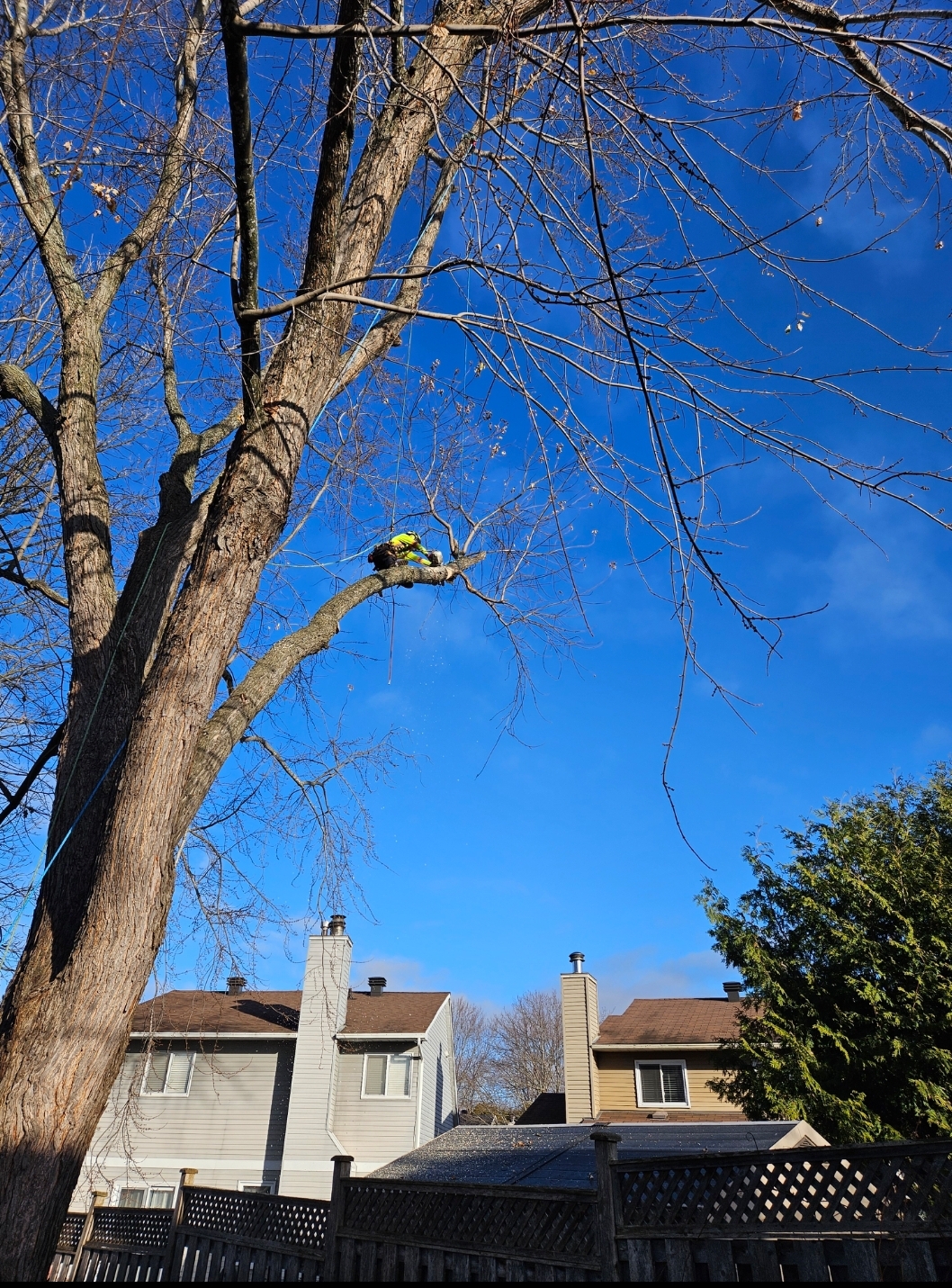Apple Scab

Symptoms
During the spring, crab apple leaves will frequently develop dull olive-green spots with a velvety appearance on both the top and underside of the leaf. The spots are typically round with fringe (feathered) edges and can range in size from very tiny pin-prick spots to half an inch or more in diameter. Secondary infections will produce spots with irregular shapes along the veins of the leaf. In warm (approximately 75°F) and humid conditions, a “sheet scab” condition can occur, where there appears to be a gray-green moldy layer entirely covering the leaf. Symptoms may differ slightly by cultivar, but for anyone familiar with crab apple scab, it is simple to recognize. When conditions are ripe for disease development, crab apple leaves will turn yellow and fall early, wasting the tree’s energy and causing premature defoliation. When scabby lesions are numerous, the fruit can become cracked, oddly shaped, or drop prematurely.
Disease Cycle & Control
Wintering in fallen infected leaves and fruit, the scab fungus produces its spores in reproductive structures on this debris during wet spring weather, usually around the time buds break. It forcefully releases the spores and infects the young, wet leaves. The leaf spots appear within 8 to 18 days, depending on the temperature. Throughout the growing season, secondary infections continue whenever conditions are suitable. Again, repeated defoliation can weaken crab apples, and next year’s flowering may be impacted.
Management
A vital preventative measure is to rake up and destroy or compost any fallen leaves and fruit that harbour the overwintering sites of the fungus. It is also advantageous to have your trees fertilized by professional arborists. While this does not eliminate an infection from saprophytic microorganisms, it will increase their health and vigor to fight off infection.
Fertilizing Method
Fertilization of structurally deficient trees is accomplished using hydraulic injection down and around the tree’s drip line (14 to 16 inches below the soil line), with a slow-release granular fertilizer with Nitrogen, Phosphorus, and Potassium (NPK ratios when using the granular fertilizer should be 14-6-12) solution. This non-invasive treatment should be repeated each spring until the tree is completely recovered, especially if it takes several years. Halting fertilization prematurely can negatively impact the health and recovery of the artistically challenged tree.
